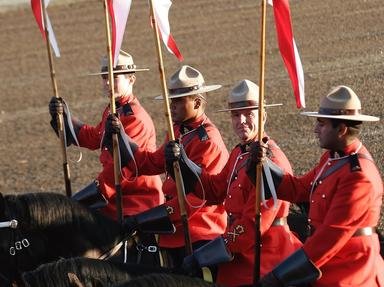Quiz Answer Key and Fun Facts
1. In 1611, this English explorer sailed into a bay that is now named after him. Who is he?
2. The Seven Years war was fought from 1756 to 1763 and had far-reaching effects that impacted North America, including Ontario. Which two countries fought this war?
3. Following the Constitutional Act of 1791, today's southern Ontario was called what?
4. This woman (who is now associated with chocolates) warned the British of an impending U.S. attack during the War of 1812. Who is she?
5. What is the name for the small but powerful group of men who ran Upper Canada from the 1810s to the 1840s?
6. Ontario was one of the first provinces of the Dominion of Canada. Who was Ontario's first Premier?
7. Regulation 17 was designed to limit French language instruction in schools. What year was it introduced?
8. Prior to World War One, what was the name of the city of Kitchener?
9. In what year did women get the right to vote in Ontario?
10. The Ontario Temperance Act was introduced in 1916 and prohibited what?
Source: Author
ramonesrule
This quiz was reviewed by FunTrivia editor
gtho4 before going online.
Any errors found in FunTrivia content are routinely corrected through our feedback system.
